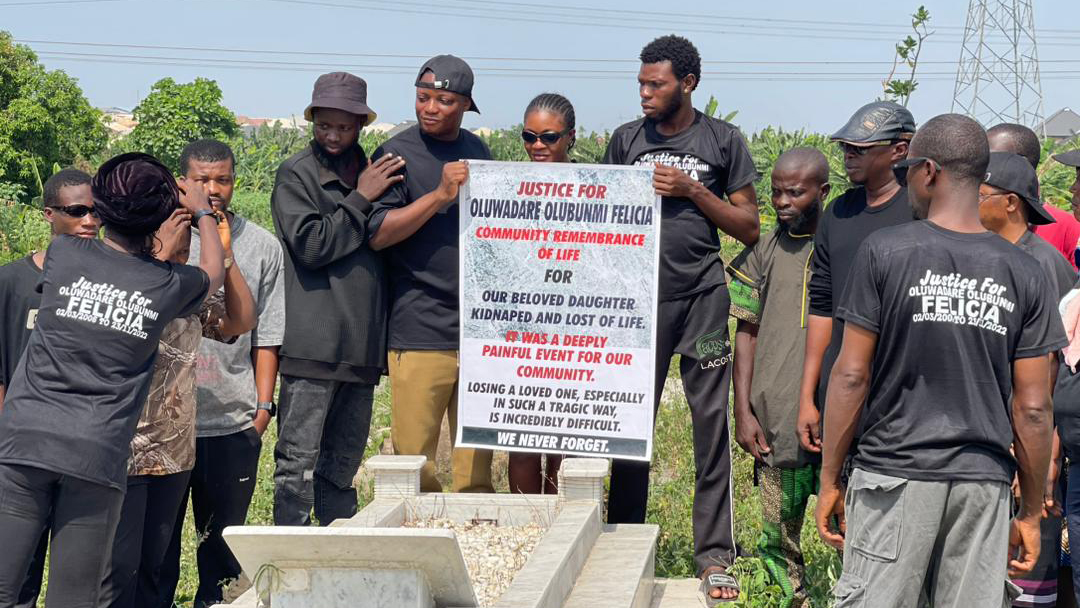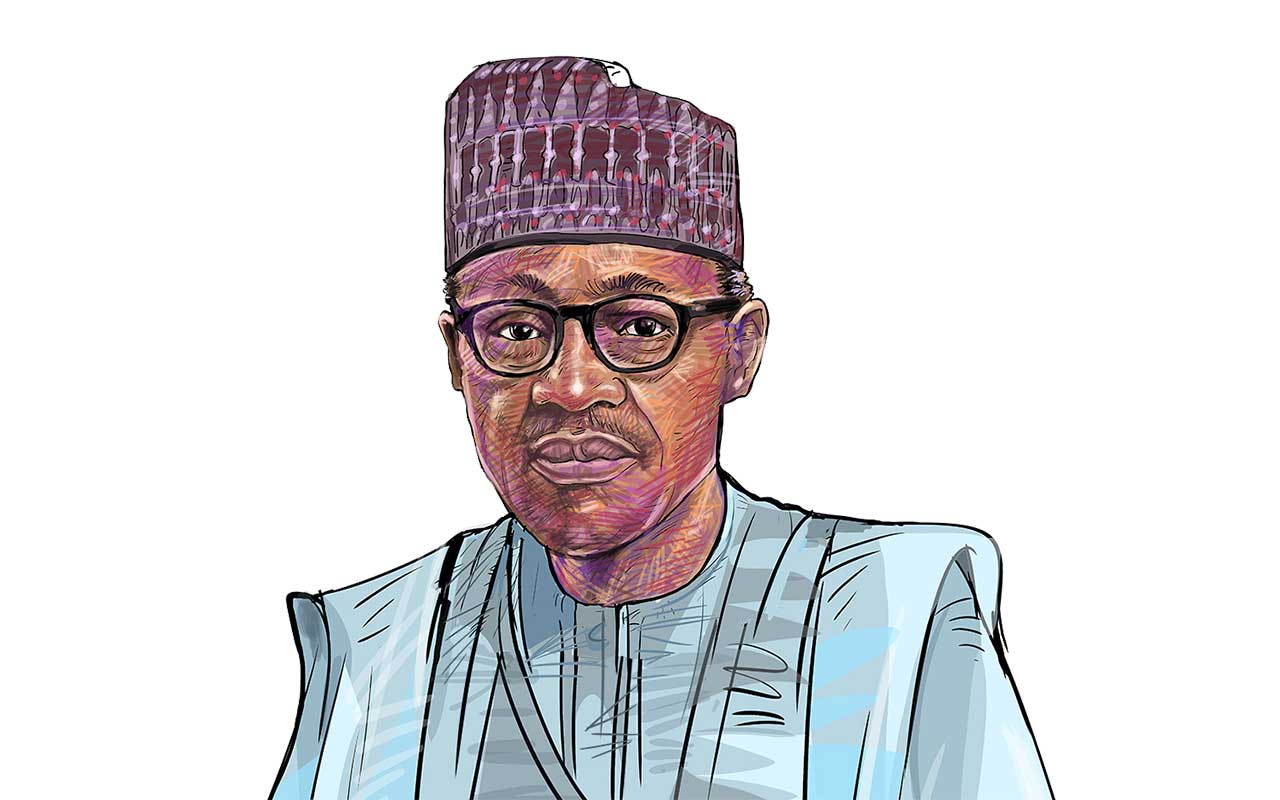Resident doctors have sounded the alarm over the escalating migration of medical professionals abroad, warning that the “Japa Syndrome” is leaving hospitals across the country critically understaffed.
Speaking at the opening of their 45th Annual General Meeting and Scientific Conference in Katsina yesterday, the medics revealed that the number of resident doctors has plummeted from about 15,000 in 2014 to roughly 8,000 in 2025.
Incoming President of the Nigerian Association of Resident Doctors (NARD), Dr. Mohammad Usman Suleiman, attributed the mass exodus to poor remuneration, insecurity, and limited career growth opportunities.
He urged both the federal and state governments to implement concrete retention strategies, stressing that the sustainability of Nigeria’s healthcare system is now under severe threat.
The conference, themed “Mitigating Health Worker Migration through Extra-Remuneration Incentives: A Strategy for Sustainable Development,” drew hundreds of medical professionals from across the federation.
While Governor Dikko Radda highlighted reforms in Katsina’s health sector — including primary healthcare upgrades and renewable energy solutions — resident doctors maintained that broader, nationwide interventions were urgently needed.
Nigeria currently ranks among the worst globally in terms of the doctor-patient ratio. According to the World Health Organisation (WHO), the country has only about 24 doctors per 100,000 people, far below the recommended minimum of 100.
Governor Raddaappealed to medical professionals to place patriotism above financial gain. He assured that his administration will continue to support all doctors in the state, make lives better, and ensure effective service delivery.
NARD’s President, Dr. Tope Osundara, said factors associated with doctors’ migration were, among others, poor remuneration, exhaustive working conditions, and a shortage of manpower.






